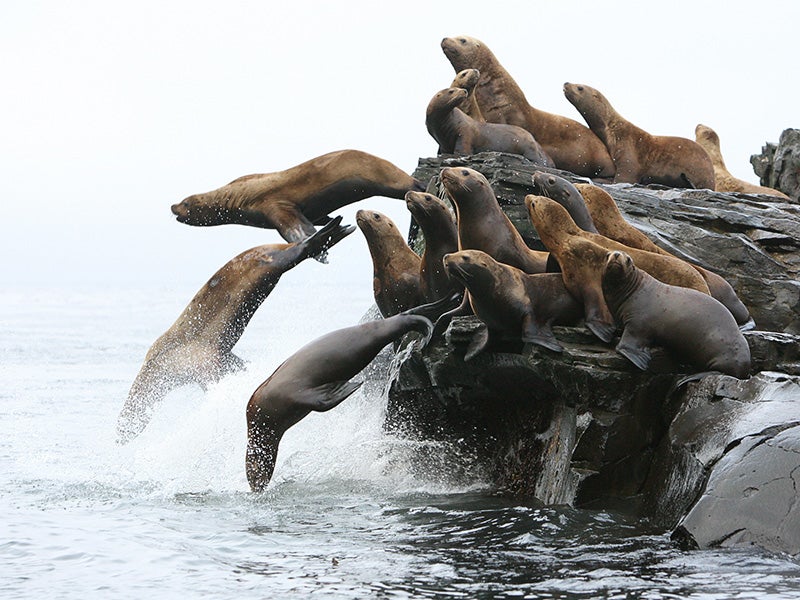Critical Habitat for the Palila
The palila depends on the native Hawaiian dry land forest, particularly mamane trees, for food, shelter and breeding, and the destruction of mamane forests by sheep and goats and other browsing animals in the early twentieth century prompted a sharp decline in palila numbers and habitat.
Clients
Regional Office / Program
Case Overview
The palila—a bird endemic to Hawaiʻi—depends on the native Hawaiian dry land forest, particularly mamane trees, for food, shelter and breeding, and the destruction of mamane forests by sheep and goats and other browsing animals in the early twentieth century prompted a sharp decline in palila numbers and habitat. The U.S. Fish and Wildlife Service reacted by recognizing palila as endangered in 1967 and designating palila critical habitat on the upper slopes of Mauna Kea.
Despite the known harm to native forests from browsing by sheep and goats, the State of Hawaiʻi continued to maintain feral goats and sheep for sport hunting within palila’s critical habitat and even stocked the forests with mouflon sheep, another destructive browser. In an historic opinion issued in 1979 and a second in 1986, the District Court for the District of Hawaiʻi held, in decisions upheld by the Ninth Circuit, that degradation of palila habitat constitutes unlawful harm to palila in violation of the Endangered Species Act. The court found the state was in violation of the ESA because the state maintained the destructive animals in the federally listed bird’s last-remaining habitat, on which the palila depends for breeding, feeding and sheltering, and issued orders in 1979 and 1987 for the state to remove all sheep and goats completely and permanently.
A third court order in 1998 affirmed the 1979 and 1986 orders and required the state to continue removing goats and sheep and to minimize the animals’ migration into the critical habitat, such as by constructing and maintaining a perimeter fence.
Under pressure from Earthjustice’s litigation efforts, the state has moved forward with construction of a mouflon-proof perimeter fence, with about 45 miles of fence now completed. With the fence in place across the main routes the sheep use to access the mountain, the state has (finally) been able to step up efforts to achieve complete removal of sheep and goats from palila critical habitat. We continue to advocate in moving those efforts forward.

Case Updates
Case page created on April 27, 2009.

